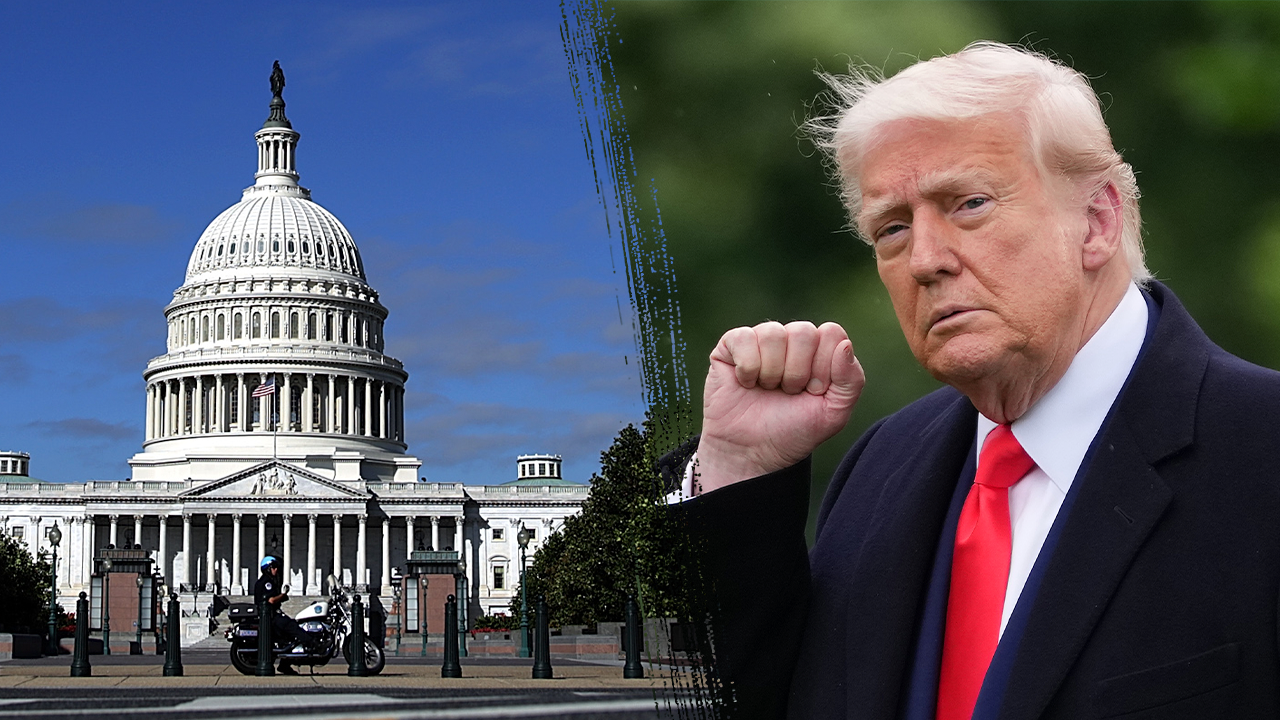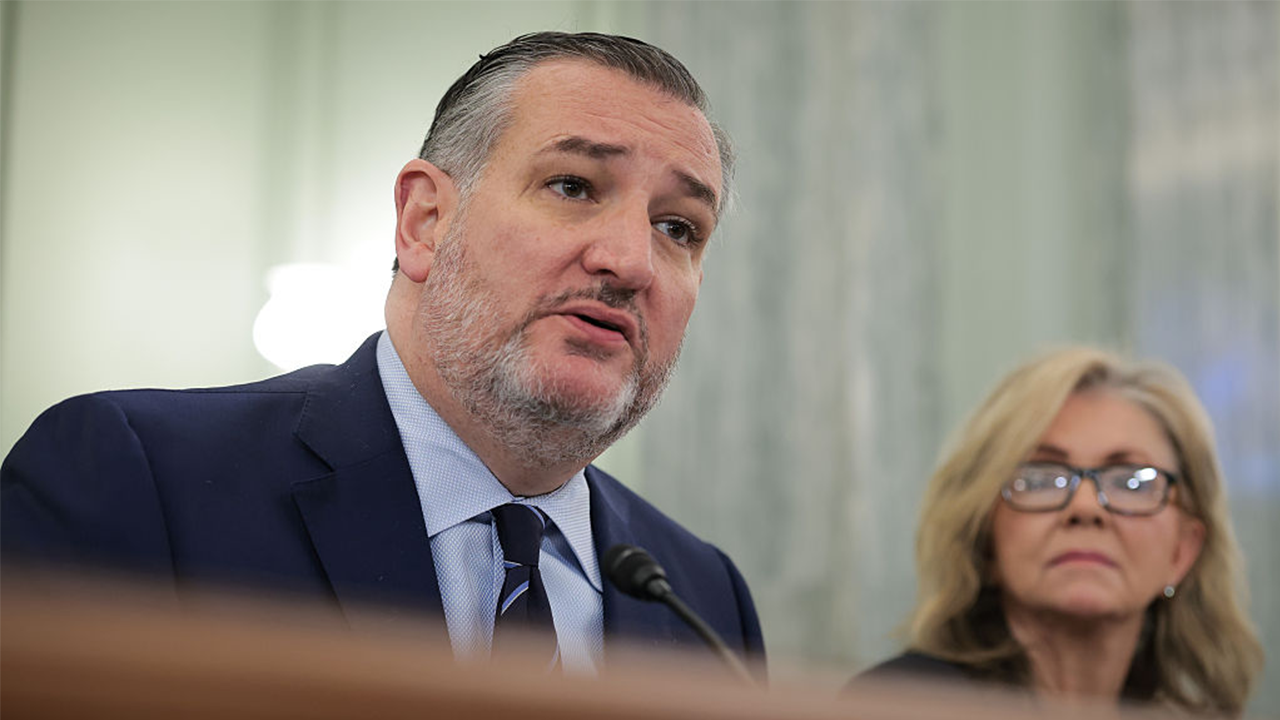You have a preview view of this article while we are checking your access. When we have confirmed access, the full article content will load.
Here are five takeaways from New York City’s second experience with ranked-choice voting, and how it helped Zohran Mamdani secure a decisive victory.

July 1, 2025, 4:54 p.m. ET
Four years ago, New Yorkers had their first brush with ranked-choice voting, but few seemed ready to embrace it. Voters seemed puzzled by the process, and the Democratic mayoral candidates were hesitant to work together and make cross-endorsements to help each other.
This year was different.
All the campaigns tried to game the system, which allows voters to rank up to five candidates in order of preference. Organizations made group endorsements; campaigns told voters to avoid ranking specific candidates; and several contenders made cross-endorsement deals.
Most of this benefited Zohran Mamdani, a state assemblyman and democratic socialist who officially won the Democratic primary for mayor on Tuesday after ranked choices were counted.
He received nearly 100,000 additional votes from New Yorkers who ranked him lower on their ballots.
Those votes helped Mr. Mamdani beat his main rival, former Gov. Andrew M. Cuomo, by 12 percent — a decisive victory that shocked Democrats in the city and across the nation.
Here are five takeaways from the ranked-choice count.
Image
Lander’s Endorsement Helped Mamdani
For much of the campaign, Brad Lander, the city comptroller, was stuck in third place.
The only citywide elected official in the race, Mr. Lander was expected to be the standard-bearer for the left flank of the party. But Mr. Mamdani’s charisma, social media savvy and focus on affordability catapulted him past Mr. Lander in the polls.
.png)
 German (DE)
German (DE)  English (US)
English (US)  Spanish (ES)
Spanish (ES)  French (FR)
French (FR)  Hindi (IN)
Hindi (IN)  Italian (IT)
Italian (IT)  Russian (RU)
Russian (RU)  8 hours ago
2
8 hours ago
2










Comments